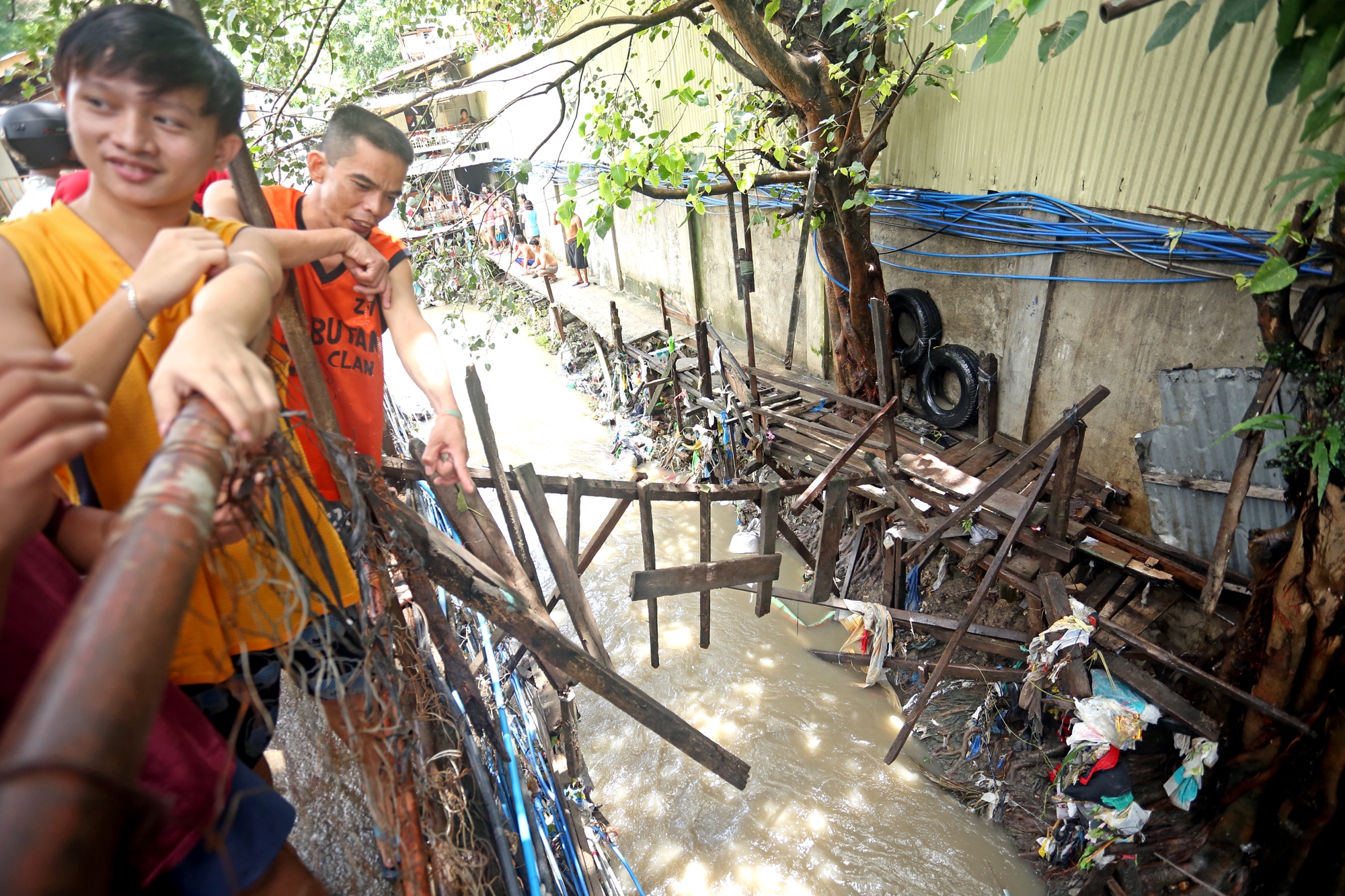
Settlers living along the banks of creeks continue to be a problem for Cebu City government, who has to find ways to address the relocation issues of these settlers. (CDN PHOTO/LITO TECSON)
IN an ideal situation, families living in danger zones should be relocated.
But many factors have to be considered including realities that these families have no choice but to take the risk in order to be closer to their sources of livelihood, according to Cebu City Disaster Risk Reduction and Management Office (CCDRRMO) head Nagiel Bañacia.
“It’s a complex problem. They don’t live there because they like it. They just have no choice. And government has difficulty in addressing this everywhere around the world especially developing countries,” he said.
Thousands of families continue to live in danger zones within Cebu City. Bañacia said these families are perpetually at risk of landslides, floods and other natural calamities.
For now, he said the city does not have the funds to relocate all of these families.
This is when their ingenuity can be put to test. He said these families could start learning to adapt to their situations.
“For short term activities, we can teach these families to adapt to their situation to prevent or mitigate disasters,” he said.
For example, while there are still no rains, families can start doing engineering interventions in their own areas. If the soil near their homes have started moving, people can start constructing a riprap or retaining wall to prevent landslides.
Just last week, at least four people were killed in separate natural disasters. In Banawa, Barangay Guadalupe, three people including two brothers died when they were swept by the current of the creek beside their homes last Friday morning.
Several people were standing on a wooden footbridge to look at a python that got stuck under it. The structure gave in and collapsed together with the people on it.
Last Friday evening, an 11-year-old boy was killed when their home in Purok 3, Barangay San Jose was hit by a landslide.
Bañacia said the city and even regional and national government agencies have also been doing efforts like relocation programs for some of these families in danger zones.
But another problem is that these families end up going back to these high-risk areas within the city proper since their relocation sites are far from their sources of livelihood.
This is why the CCDRRMO is also conducting several training sessions with these families in order to equip them with knowledge and know-how on basic emergency response to at least be able to properly act in case of disasters.